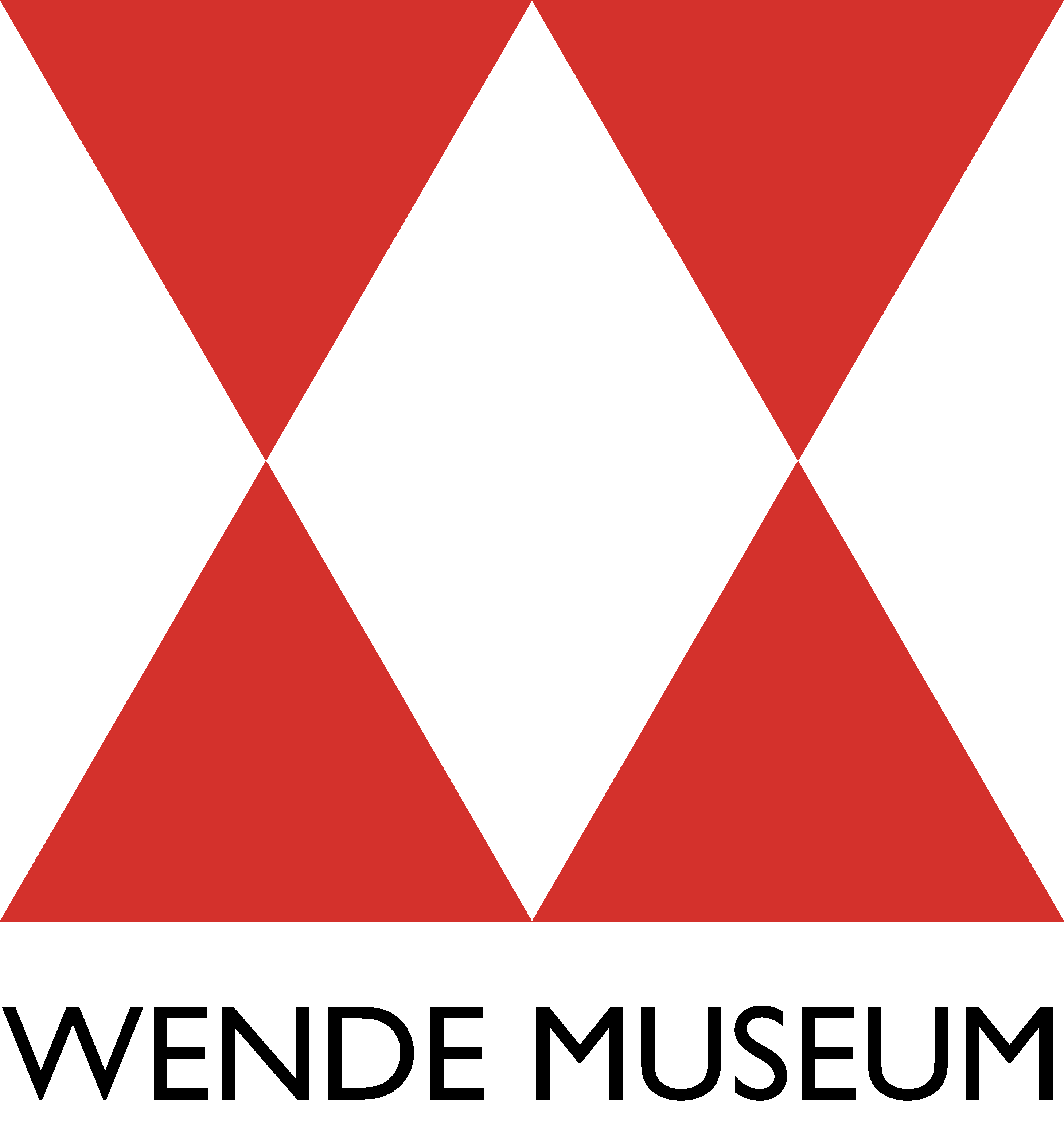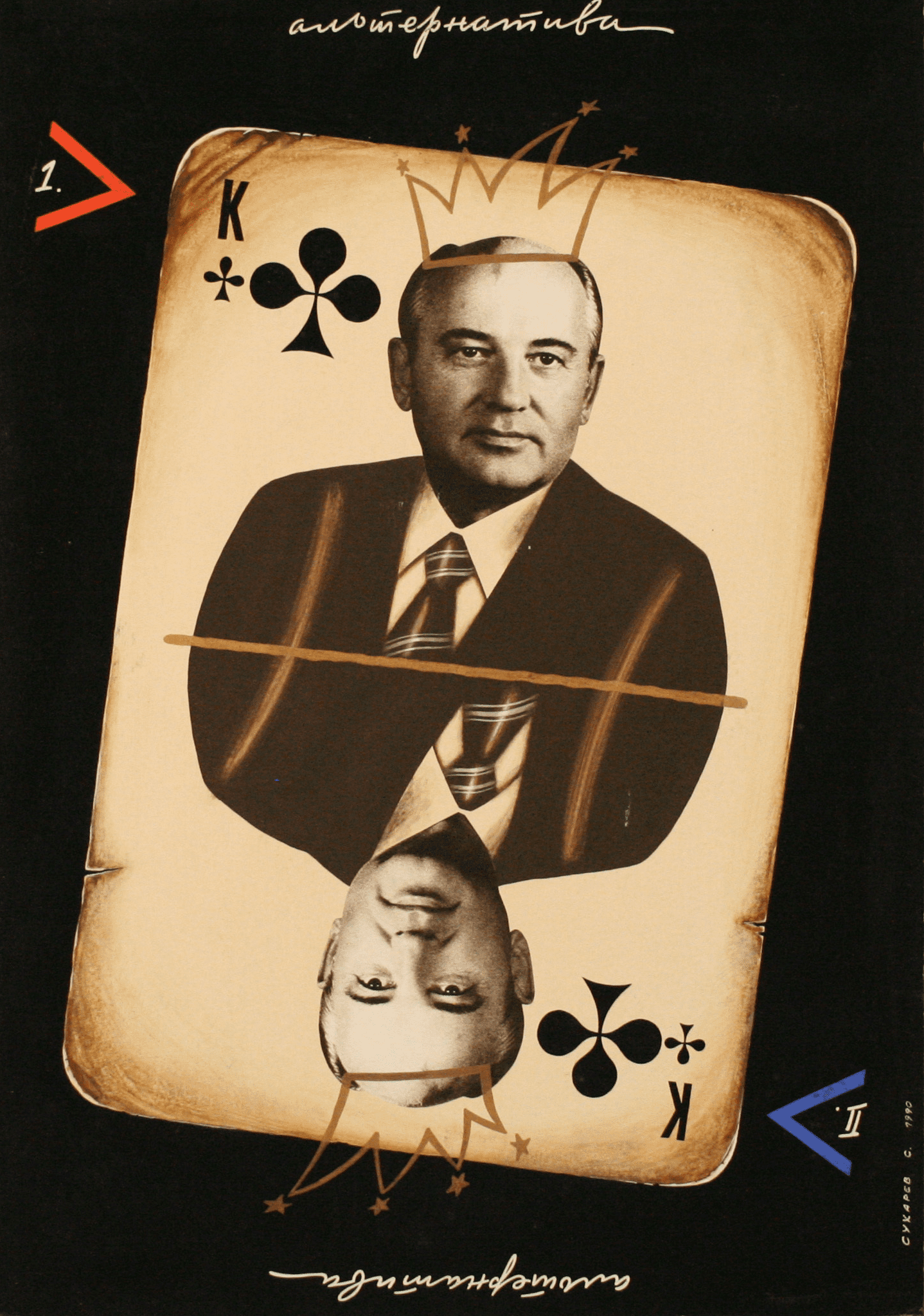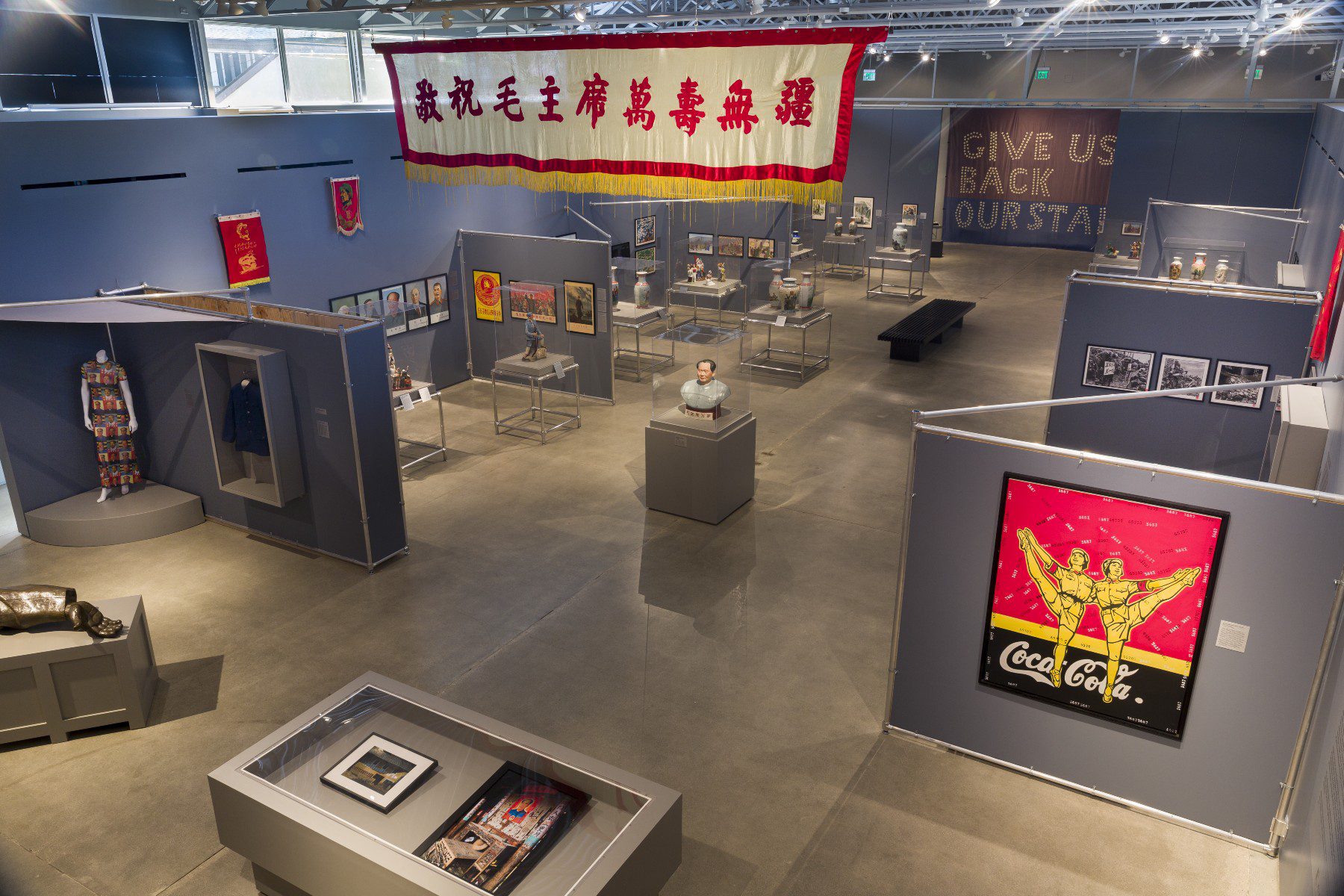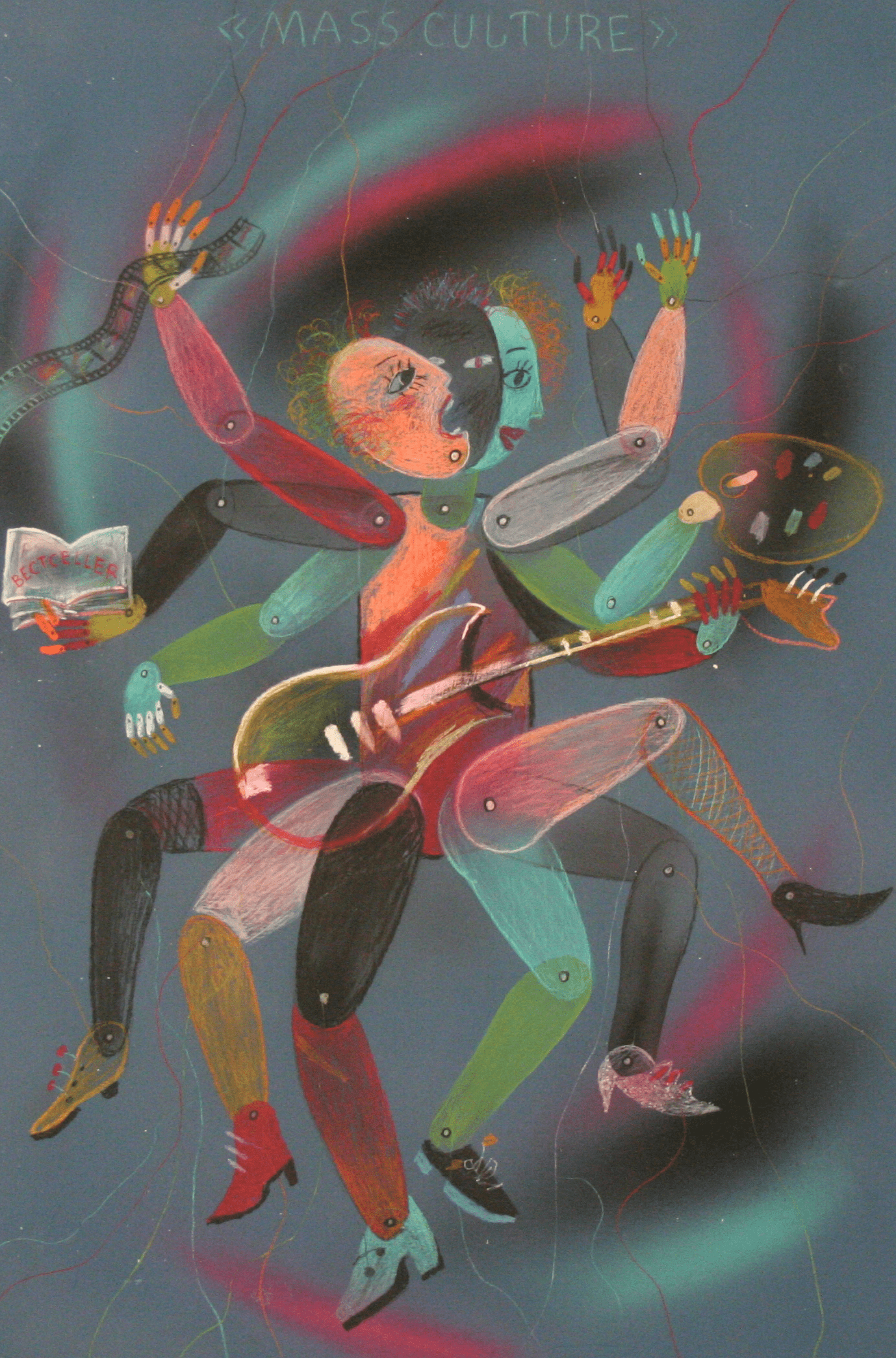Apollo 15 Commander Presents Culver City’s Wende Museum with Moon Rock
Culver City, CA (August 2, 2022) – On July 30, 1971, Apollo 15 Commander David R. Scott joined a very exclusive club: the list of people who have set foot on the moon. In an afternoon ceremony on the 51st anniversary of this historical event, Scott presented Culver City’s Wende Museum with a geological sample he collected on the lunar surface. It is now on display as the centerpiece of the museum’s collection of Space Race artifacts.

NASA has honored the pioneering early astronauts with Ambassador of Exploration Awards, each embedded with a piece of the moon. In coordination with NASA, each astronaut worked to select a museum or other educational institution where their award would be publicly displayed to help inspire future generations of explorers. After careful consideration, Scott, the first person to drive on the moon, chose the Wende Museum as his sample’s caretaker due to its focus on the historical context.
“The Cold War inspired both sides to extend the final frontier in a Space Race that reshaped global technology and culture.” Scott said. “As an institution dedicated to this period, the Wende Museum is the perfect home for this piece of history.”

The official NASA designation of this fragment of the moon’s crust is Lunar Sample #15418. Lunar Sample #15418 was discovered at the edge of Spur Crater during EVA-2. It is a highly-shocked, granulitic breccia that has a chemical composition of “gabbroic anorthosite” – and has, from time to time, been considered as representative of a portion of the original lunar crust. 15418 has been dated at 4.04 by., with an exposure age of 250 my. It has micrometeorite craters (“zap pits”) on all sides.
Lunar Sample #15418 joins the Wende Museum’s collection of Space Race memorabilia, which includes commemorative household items from the Soviet bloc as well as a three-foot-tall bronze bust of cosmonaut Yuri Gagarin.
“We are so thrilled that the Wende has been asked to serve as stewards of this lunar sample,” said Justinian Jampol, the Wende Museum’s Founder and Executive Director. “The Space Race began as a geopolitical contest, but it ended up giving all of us a new perspective on ourselves and the world we share. At a time when many people are worried about our society’s abilities to address pressing challenges, this piece of the moon is a welcome reminder of what human imagination and ingenuity can achieve when people work together.”
Download Photos of the Lunar Sample and Presentation Ceremony




